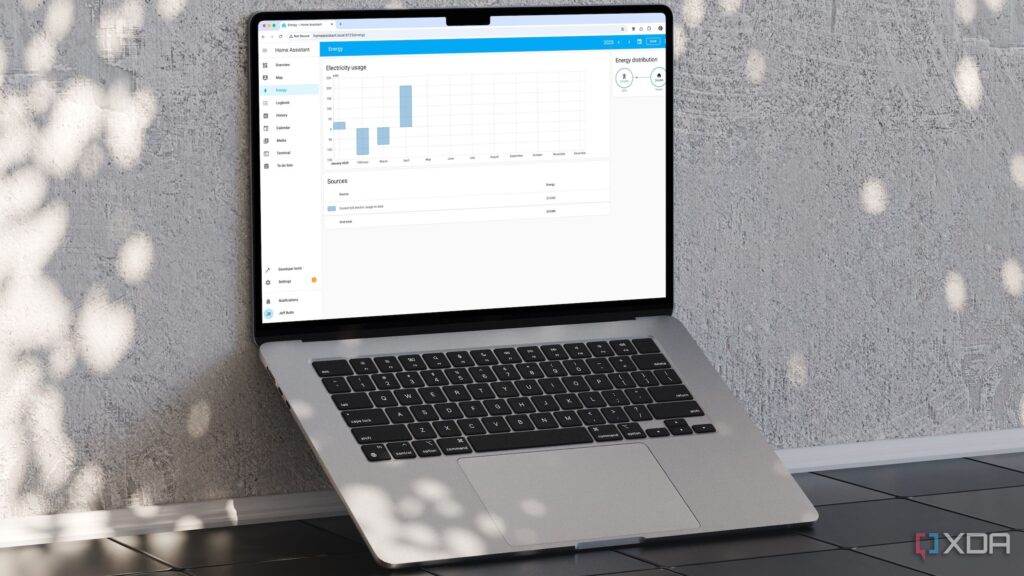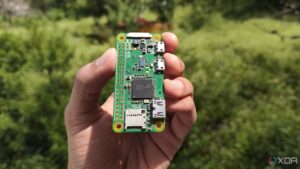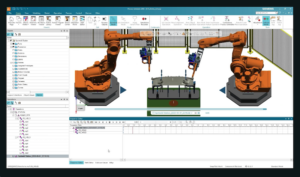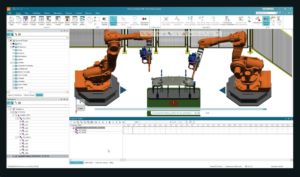
URGENT UPDATE: Home Assistant users are being strongly encouraged to run their setups exclusively on the Raspberry Pi 4B or 5 for optimal performance and reliability. This recommendation comes amid growing frustrations with alternative hardware options that compromise system stability and community support.
Experts highlight that the Raspberry Pi not only enhances convenience and power efficiency but also unlocks essential features that are difficult to replicate elsewhere. The significant access to GPIO pins on the Pi allows users to implement hardware-based automations, making it the ideal choice for serious home automation enthusiasts.
One of the most compelling reasons cited is the direct connection to PIR motion sensors, magnetic reed switches, and other GPIO-based devices. These integrations are virtually impossible to achieve on most other systems, leaving users reliant on less reliable wireless solutions. The Pi enables tinkerers to unleash their creativity without the burdens of complex setups.
Moreover, the Home Assistant Operating System (HAOS) is explicitly designed for Raspberry Pi, ensuring users receive the most reliable updates and a seamless installation experience. Unlike other platforms, running HAOS on a Pi eliminates the hassle of supervised installations, meaning users can focus more on automating their homes rather than troubleshooting issues.
The Raspberry Pi ecosystem supports HATs (Hardware Attached on Top) that allow for easy expansions, including Zigbee and Z-Wave integrations. These HATs provide stability that USB dongles lack, reducing potential points of failure and ensuring a robust smart home network.
Experts also warn that running Home Assistant in virtual machines (VMs) or Network-Attached Storage (NAS) setups can introduce latency and connectivity issues, particularly with USB passthrough. Users may find themselves grappling with connection drops, requiring tedious re-pairing of devices. In contrast, the Raspberry Pi guarantees a direct connection, enhancing reliability for critical home automation tasks.
Community engagement is another area where the Raspberry Pi excels. The Home Assistant Community Store (HACS) is vital for accessing custom integrations and themes, yet it depends on the Supervisor, which is not an option for all hardware setups. Running HAOS on a Raspberry Pi simplifies installation and ensures access to thousands of community-built extras, enhancing the overall user experience.
Additionally, a wealth of community guides and tutorials predominantly cater to Raspberry Pi users. This commonality ensures that users can troubleshoot effectively and follow along with step-by-step instructions without confusion.
As automating homes becomes increasingly popular, the importance of choosing the right hardware cannot be overstated. Running Home Assistant on a Raspberry Pi not only guarantees reliability but also fosters engagement with the thriving community of users and developers.
In a world where smart home technology continues to evolve, the Raspberry Pi stands out as the superior platform for Home Assistant. Users are urged to make the switch now to benefit from ongoing support, innovative integrations, and a seamless automation experience. The message is clear: for reliability, compatibility, and unmatched community engagement, the Raspberry Pi is the only sensible choice for Home Assistant users.






